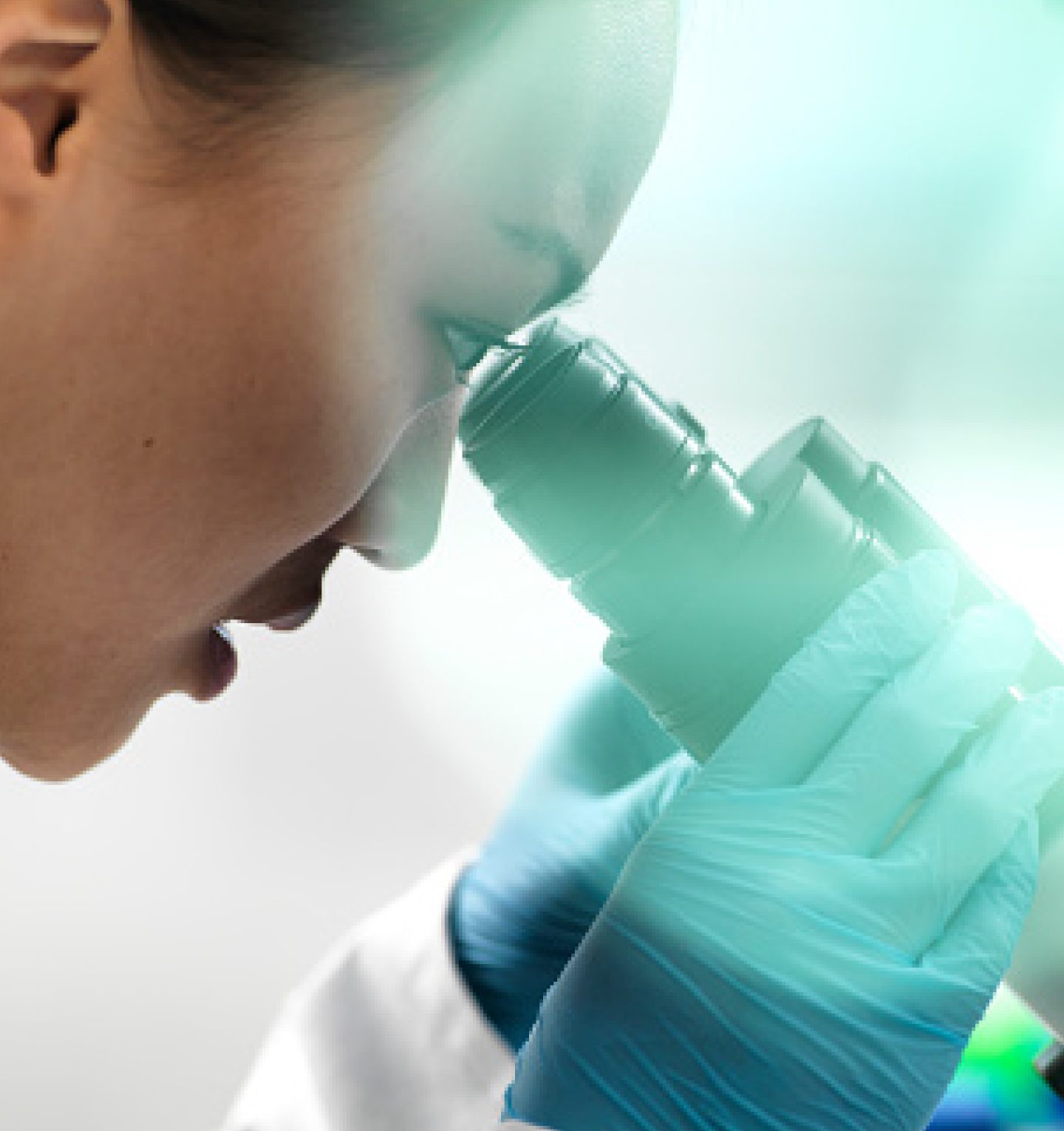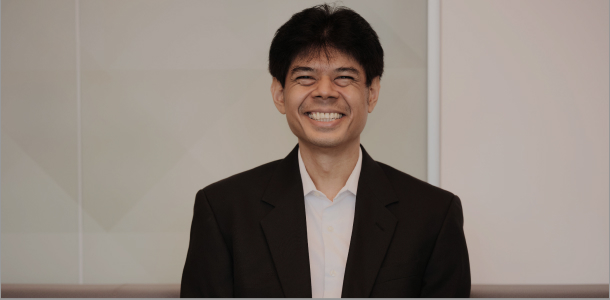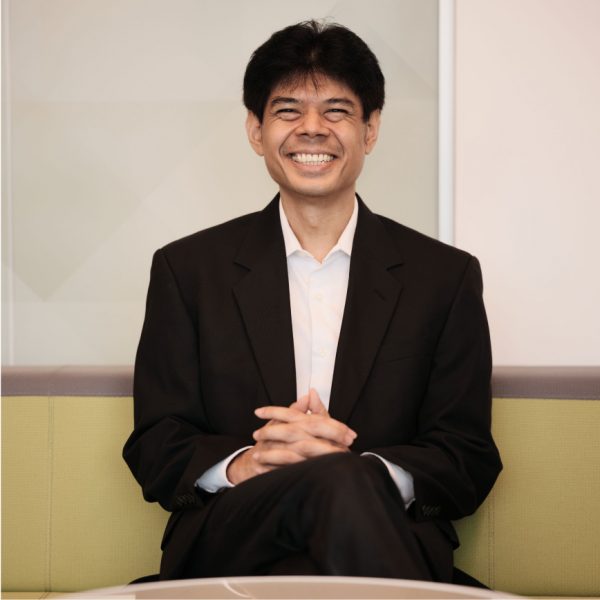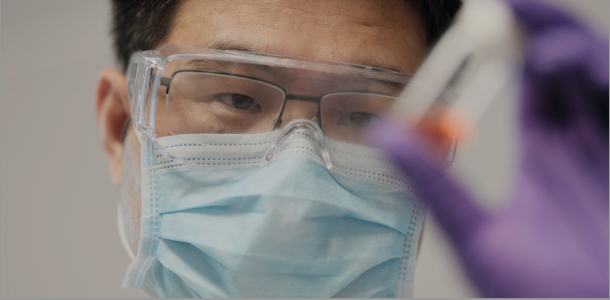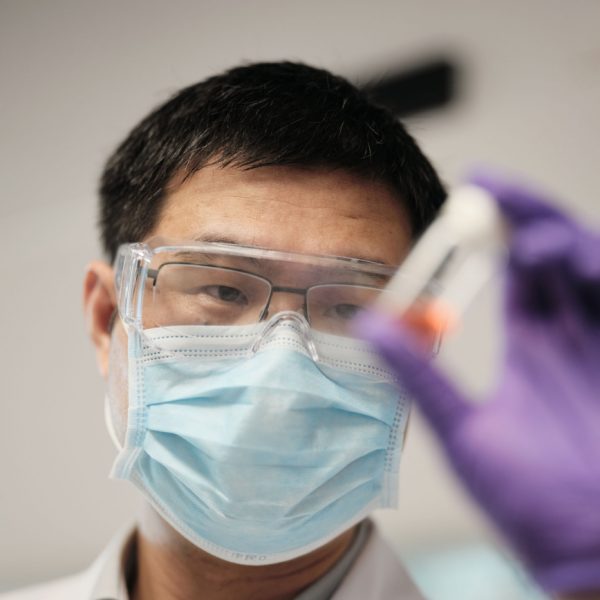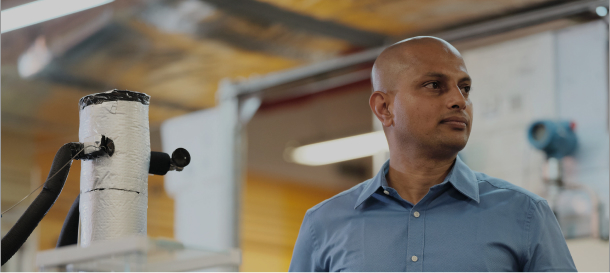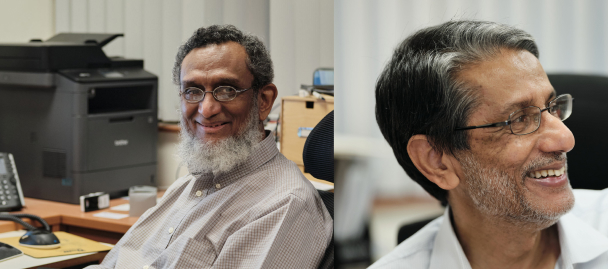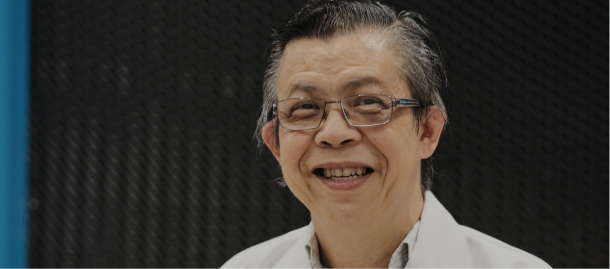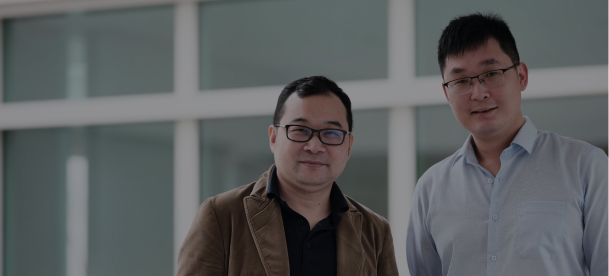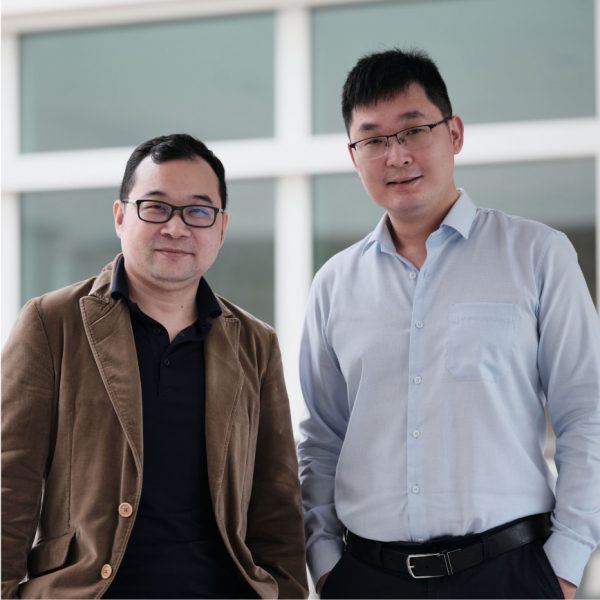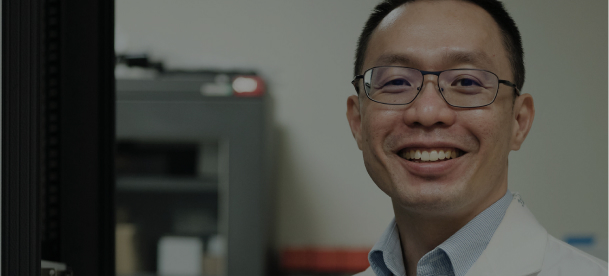*This article was updated 21 May, 2023.
The centre is an innovation hub that supports scientists tackling real-world problems, which can help them take studies from the lab to commercialisation.
These developments are crucial to helping the world meet its net-zero ambitions, as many of the products we rely on more every day – including fuels, plastics, steel, cement and electricity – are made using energy-intensive processes that produce CO₂.
Projects at the energy centre aim is to reduce these emissions as the region’s population grows and standards of living increase by supporting to research lower-carbon technology and enabling the energy transition.
The centre was founded in 2018 by the National University of Singapore (NUS), Nanyang Technological University Singapore (NTU) and founding industry partner ExxonMobil. In 2021, the Agency for Science, Technology and Research (A*STAR) joined the SgEC as a research performer.
ExxonMobil’s Singapore Energy Centre advisor Dr. Saifudin Abubakar (Dr. Din) said the centre is enabling universities and other research facilities to actually come together and work collaboratively on a common problem and help that research align with the government vision.
“The Singapore Energy Centre has been around for about four years, so it is younger than other energy centres ExxonMobil has supported around the world; but even at such an early stage we are still developing a lot of technologies and programs that could aid the creation of low carbon solutions,” Dr. Din added.
As part of the Singapore Science Series, Energy Factor is shining a light on innovations being developed in the city-state.
Hear from the researchers and professors themselves about some of the latest carbon capture and storage, and future energy modelling studies supported by the Singapore Energy Centre.
ZHAO DAN
Can we program porous materials to target and mitigate carbon emissions? Find out how Zhao Dan and his team at NUS are researching on designing porous carbon capture materials called Metallic Organic Frameworks. More info here.
PRAVEEN LINGA
Praveen and the team at NUS are looking to viable options in Singapore for a carbon capture and storage solution. Learn how they are supercharging organic processes to improve global carbon storage potential. More info here.
KARIMI & FAROOQ
What can prepare nations in Asia Pacific to make the switch to hydrogen? Find out how Karimi and Farooq are helping countries get ready for new, lower-carbon energy sources. More info here.
LEONG KAI CHOONG
Can manufacturers utilise the potential of 3D printing to use their energy in a smarter way through better heat exchangers? Discover Leong Kai Choong and his team’s studies at NTU into this potential technology. More info here.
SU BIN & ZHONG SHENG
How can Southeast Asian nations collaborate to provide energy for all while working towards meeting their net-zero ambitions? Discover the work by Su Bin and Zhong Shen at NUS to make this possible. More info here.
TAN KWAN WEE
Discover how Tan Kwan Wee and his team at NTU are using self-assembling materials processed by lasers and ‘ electrical super toasters’ to create smart nano-tech carbon capture materials. More info here.
Stay tuned to the Singapore Science Series as we discover more about the research into lower-emissions technology and processes that can help the world move closer to its net-zero ambitions.
